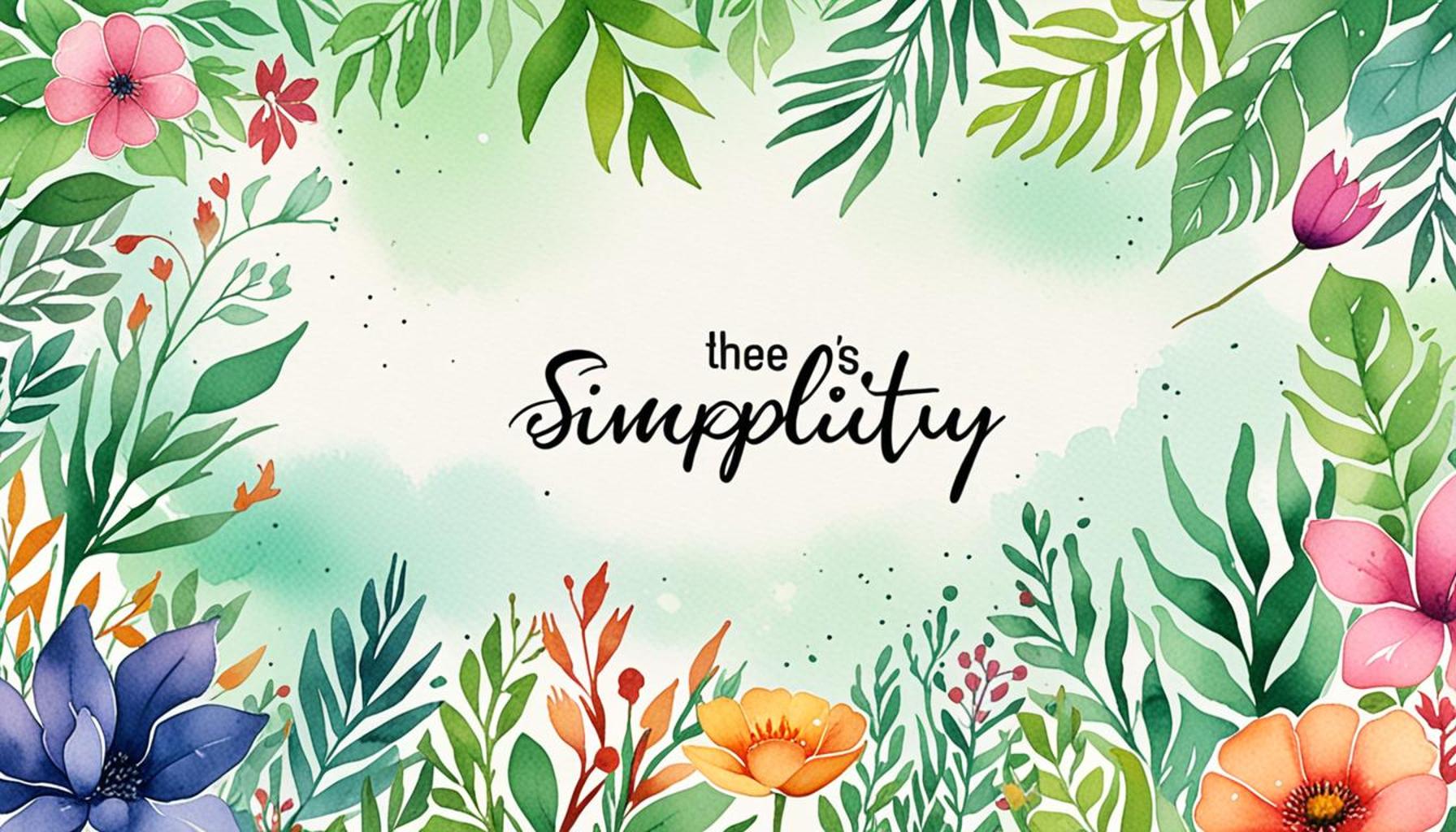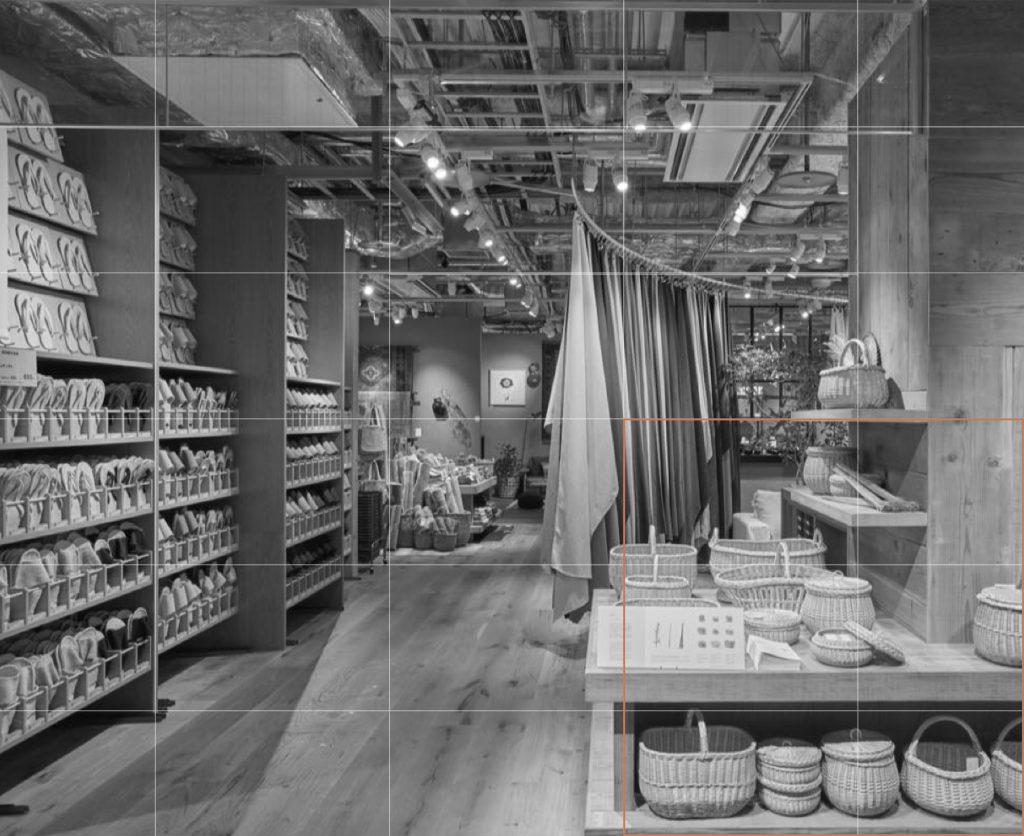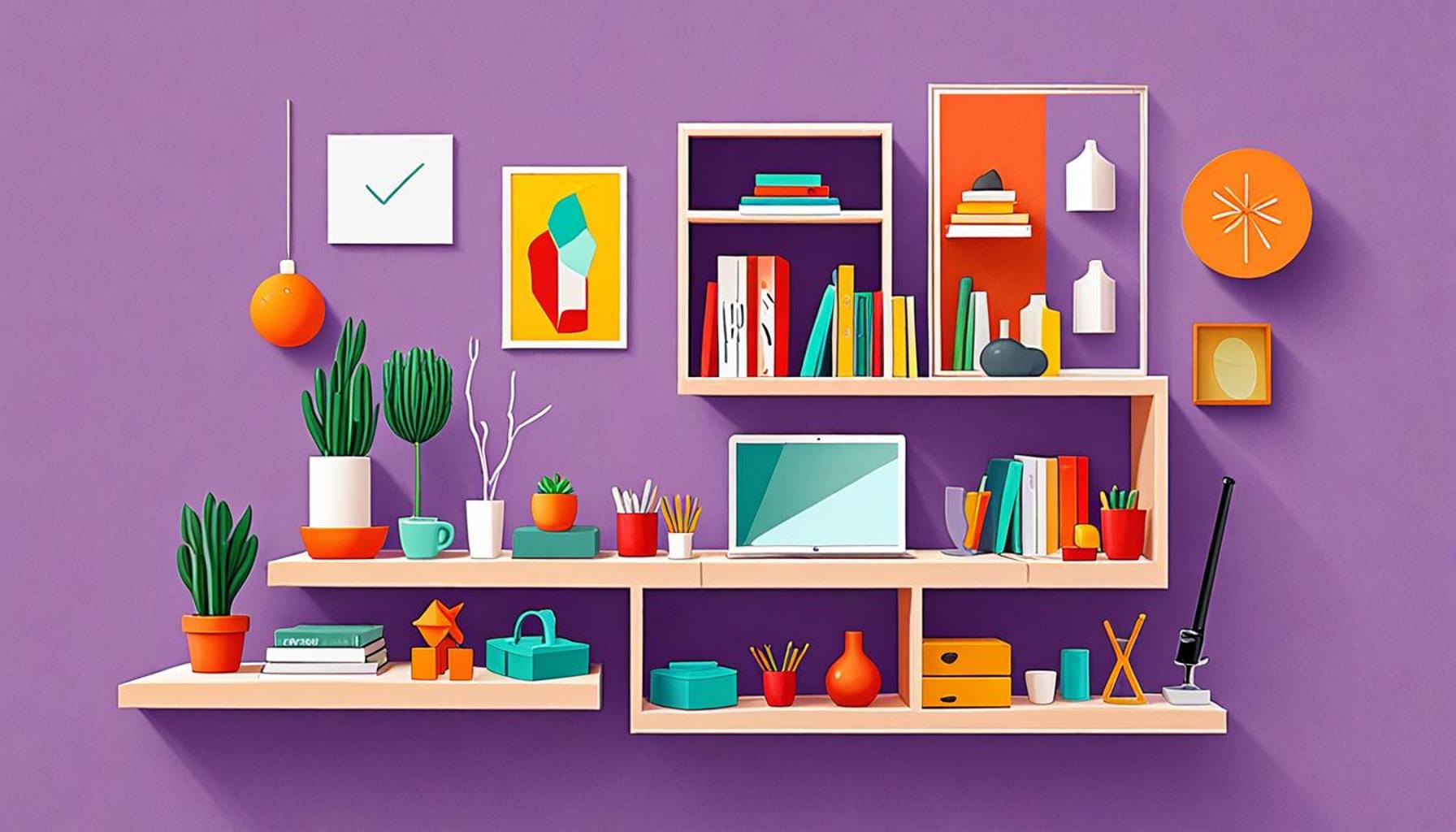The Power of Simplicity: Creating Calm and Inspiring Environments

Understanding the Art of Simplicity
In an era marked by constant movement and hectic schedules, the value of a simplified environment cannot be overstated. As we navigate our daily lives, clutter—both physical and mental—can become overwhelming. The pursuit of simplicity serves as a beacon, guiding us toward clarity and calmness. It encourages us to craft spaces that are not only functional but also nurturing to our mental states.
The principles of simplicity can resonate deeply across various settings—be it in the cozy corners of our homes, the dynamic atmosphere of our workplaces, or the common areas within our communities. By consciously designing these environments, we take significant steps toward enhancing our overall well-being. For instance, in a residential setting, utilizing natural materials, muted color palettes, and minimalist furniture can evoke feelings of tranquility. An ideal space could include a well-placed indoor plant, a sleek coffee table, and a single piece of artwork that sparks joy without overwhelming the senses.
Key Benefits of Simplifying Your Environment
Let’s delve deeper into the advantages that arise from embracing simplicity:
- Enhanced Focus: A clutter-free environment minimizes distractions, allowing individuals to hone in on their tasks. Research shows that environments with fewer visual distractions can improve concentration levels by up to 30%. This benefit is particularly important in the context of Nigeria’s bustling cities, where noise and activity abound.
- Improved Mood: Studies indicate that a well-organized and peaceful setting reduces levels of cortisol, the hormone associated with stress. For example, creating a vibrant yet simple lounge area in a bustling workplace can make a significant difference in employee morale and job satisfaction.
- Creativity Boost: Clarity in surroundings encourages creative thinking. Artists and innovators often seek out minimalistic spaces to stimulate their imaginations—think of a tidy studio or an open workspace with ample natural light where ideas can flow freely.
Moreover, for citizens in Nigeria, where the rich tapestry of culture often competes with the chaos of urban life, simplifying one’s environment may seem daunting yet achievable. The integration of local textiles, art, and furniture can help maintain cultural identity while promoting simplicity. Consider crafting a serene outdoor space with local flora that can provide a peaceful retreat from the frenetic energy of urban life.
The Path to Mindful Living
Picture entering a room infused with natural light, minimalist decor, and thoughtful elements that each carry a narrative. Here, mindfulness becomes not just an intention but a palpable experience. Items are not merely filling space but are carefully selected to foster connection, joy, and purpose.

This article will further explore the transformative power of simplicity, offering practical tips and insights for those looking to cultivate soothing and inspiring environments. Join us on this journey into the art of simplicity, as we uncover how a few intentional changes can lead to profound enhancements in our daily lives.
LEARN MORE: This related article may interest you
Transformative Spaces: The Impact of Simplification
As we begin to embrace the notion of simplicity, it’s essential to recognize how transformative environments can foster a sense of calm and inspiration. Exploring the roles of decor, organization, and ambiance can unveil a plethora of opportunities to enhance our daily experiences. The beauty of a simplified space lies not just in its aesthetic appeal, but also in the profound impact it can have on our mental health and productivity.
When individuals declutter their physical environments, they often find themselves decluttering their minds as well. This connection between our surroundings and our mental state can be reflected in various studies. For example, one study revealed that individuals in spaces that are visually harmonious experience a significant decrease in anxiety levels. Spaces that contribute to a sense of simplicity—characterized by clean lines, open layouts, and intentional design choices—help cultivate this harmony.
Environment as a Reflection of Self
A simplified environment serves as a reflection of personal values and priorities. In Nigeria, where vibrant cultures and lifestyles intertwine, the challenge becomes creating spaces that celebrate these elements while also promoting serenity. Incorporating local craftsmanship, such as artisan-made furniture or culturally significant artwork, allows one to maintain cultural connections without overwhelming the senses. Consider how a well-placed indigenous artwork displays cultural richness while contributing to a peaceful setting when paired with minimalistic design elements.
To truly harness the power of simplicity, we must examine the features that contribute to an inspiring environment:
- Natural Light: Maximizing the use of natural light can transform any room. Research indicates that exposure to natural light boosts mood and energy levels. In a Nigerian context, optimal window placements can create inviting spaces that feel open and airy.
- Mindful Organization: Implementing thoughtful organization techniques not only enhances aesthetics but also improves functionality. Simple storage solutions—like decorative baskets or shelving units—can help maintain an orderly environment while showcasing personal style.
- Green Elements: Introducing plants into spaces can significantly increase their calming effect. Local varieties such as snake plants or pothos are not only aesthetically pleasing but also improve air quality. An indoor garden or a balcony adorned with greenery can serve as a peaceful retreat amidst urban chaos.
By consciously selecting the elements that inhabit our spaces, we can create environments that encourage productivity and tranquility. The key lies in intentionality—every piece we choose should serve a purpose, whether that’s to inspire, provide comfort, or evoke joy.
Simple Yet Meaningful
As we strive to embrace simplicity, it is important to acknowledge that less can indeed be more. The challenge often lies in identifying what to keep and what to let go. By prioritizing simplicity, we not only improve our environments but also open the door to a deeper understanding of ourselves and our desires.
In this article, we will continue exploring the vital elements of simplicity, offering practical guidance on how to cultivate calm and inspiring environments that resonate with your lifestyle. Together, we will discover how these thoughtful choices can lead to a more harmonious balance in our lives.
| Advantages | Description |
|---|---|
| Clutter Reduction | By embracing simplicity, you can significantly reduce visual clutter, thereby creating spaces that foster tranquility and focus. |
| Enhanced Productivity | Simpler environments can lead to greater concentration, allowing individuals to engage more deeply with tasks and inspire creativity and innovation. |
| Emotional Well-being | A simplified space often leads to a calmer mind, contributing to improved mental health and well-being. |
| Natural Light Emphasis | Simplicity promotes the utilization of natural elements, such as light and greenery, which can enhance your mood and bring a sense of tranquility. |
Incorporating these principles effectively in your environment can lead to a remarkable transformation in how you feel and function daily. Whether at home or in your workplace, less truly can be more, creating spaces where calmness and inspiration thrive. By adopting a minimalist approach, you invite clarity, enhance your mental clarity, and foster a more inviting and serene atmosphere, prompting further exploration into the aesthetics and psychological benefits of simplicity.
SEE ALSO: Click here to read another article
Designing Tranquility: The Role of Color and Texture
Incorporating the principles of simplicity into our environments encompasses a thoughtful interplay of color and texture. These visual elements have the power to evoke emotions, stimulate creativity, and induce serenity, making them essential in the pursuit of calm spaces. In Nigerian homes and studios, the choice of colors can greatly affect the atmosphere, transforming everyday settings into soothing havens or energizing workspaces.
Research has shown that certain colors can directly impact our mood and productivity. For example, shades of blue are often associated with tranquility and focus, while greens promote balance and rejuvenation. In contrast, bold tones like red can increase energy levels but may lead to feelings of unease if overused. In a Nigerian context, utilizing warm, earthy tones—echoing the rich hues found in the landscape—can create an inviting atmosphere that reflects local beauty and tradition. Emphasizing subtle variations of terracotta, sand, or soft greens may enhance the natural serenity of a space.
Textural Harmony: The Power of Materials
Alongside color, texture plays a pivotal role in creating inspiring environments. The feel of a space is often determined by the materials we choose for surfaces, fabrics, and furnishings. Combining different textures provides depth and interest while still adhering to the principles of simplicity. Consider the use of natural materials such as bamboo, clay, and untreated wood, which not only add warmth and comfort but also promote a sense of connection to nature.
Moreover, the blend of textures can stimulate the senses without overwhelming them. For example, pairing a smooth, polished marble table with a soft linen tablecloth adds refinement while evoking a sense of calm. Likewise, incorporating woven basketry or hand-crafted rugs can bring in the local artisanal touch prevalent in various Nigerian cultures, fostering a sense of identity and heritage.
Creating Multifunctional Spaces
Another aspect of simplicity in design is the emphasis on multifunctionality. In rapidly urbanizing areas of Nigeria, living spaces are often limited, making it crucial to design environments that serve multiple purposes. Furniture that adapts to various needs—such as a coffee table that doubles as a storage unit, or a sofa that can transform into a bed—enhances the utility of any space, allowing for seamless transitions between relaxation and productivity.
Multifunctional spaces encourage a more dynamic approach to living, where one is not restrained by the traditional allocation of rooms. This flexibility gives rise to creativity, inspiring how we engage with our environments. For instance, creating a home office nook that can also function as a reading corner can reduce the pressure associated with designated workspaces, fostering a healthy balance between work and leisure.
As we explore the nuances of creating calm and inspiring environments, it becomes evident that the deliberate choice of color, texture, and functionality can significantly enhance our daily experiences. By understanding and implementing these principles, we not only foster beautifully simple spaces, but also cultivate a deeper connection to ourselves and our surroundings, embracing the true power of simplicity.
YOU MAY ALSO LIKE: Read read another article
Embracing the Essence of Simplicity
In today’s fast-paced world, the significance of simplicity in our environments cannot be overstated. The principles of design that emphasize calmness, functionality, and a connection to nature play a crucial role in shaping how we experience our spaces, particularly in the vibrant cultural landscape of Nigeria. By judiciously choosing colors that soothe and inspire, along with textures that invite touch and connection, we can craft tranquil atmospheres that serve not just as living quarters, but as sanctuaries for the mind and spirit.
Moreover, understanding the need for multifunctional spaces speaks to the heart of urban living challenges, allowing creativity to flourish within the constraints of limited space. This flexibility encourages us to rethink and redefine how we engage with our surroundings, merging productivity with relaxation in a seamless manner. As we incorporate local materials and artisan crafts into our designs, we honor our heritage while creating environments that resonate with our identity and values.
Ultimately, embracing the power of simplicity allows us to cultivate spaces that are not only aesthetically pleasing but that also foster well-being and elevate our daily lives. By continuing to explore and implement these design principles, we can transform our homes and workspaces into hubs of calm and inspiration, leading to a richer, more fulfilling experience in the midst of our bustling lives. Let us champion the beauty of simplicity, as we endeavor to create environments that nurture us and reflect the true essence of who we are.



